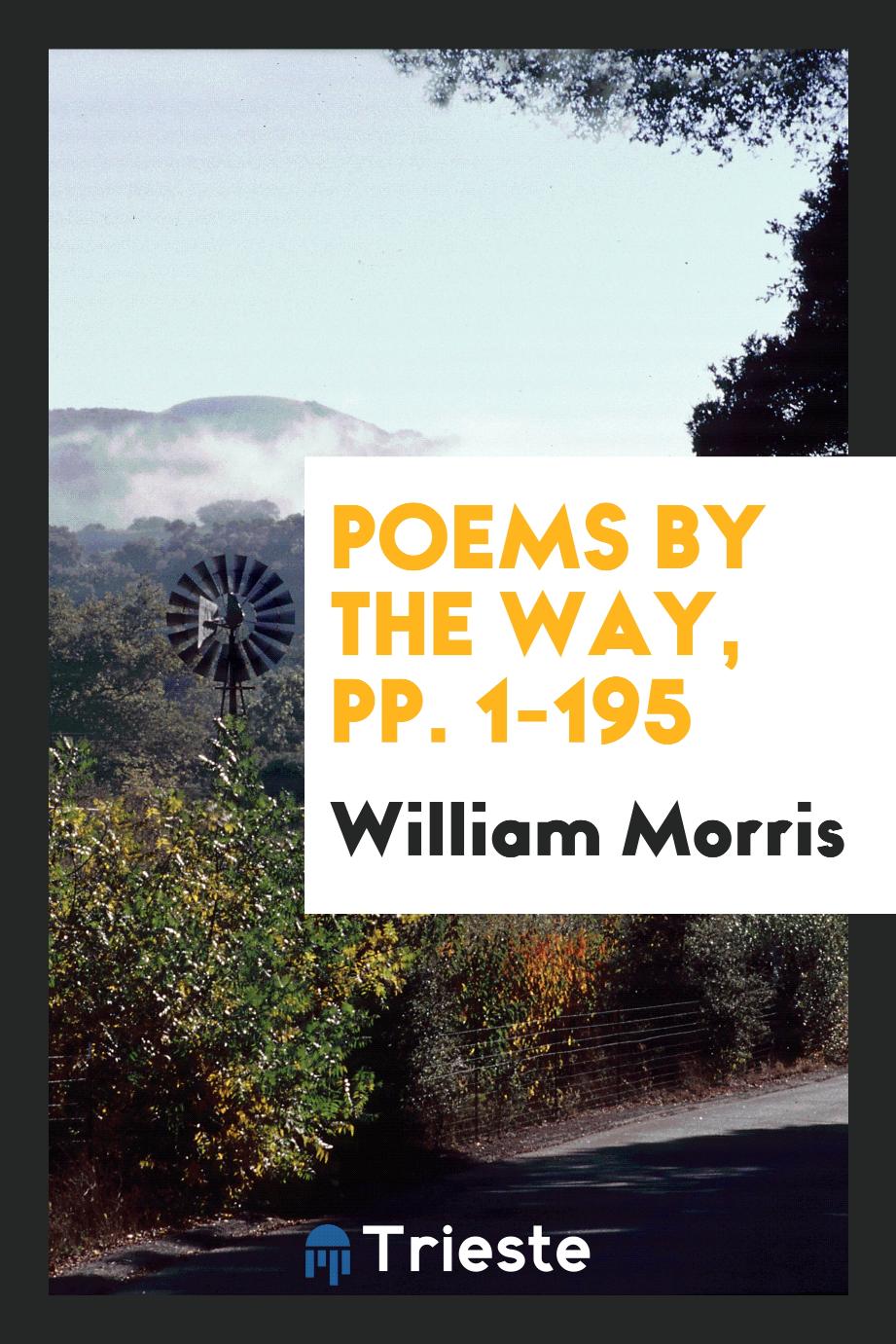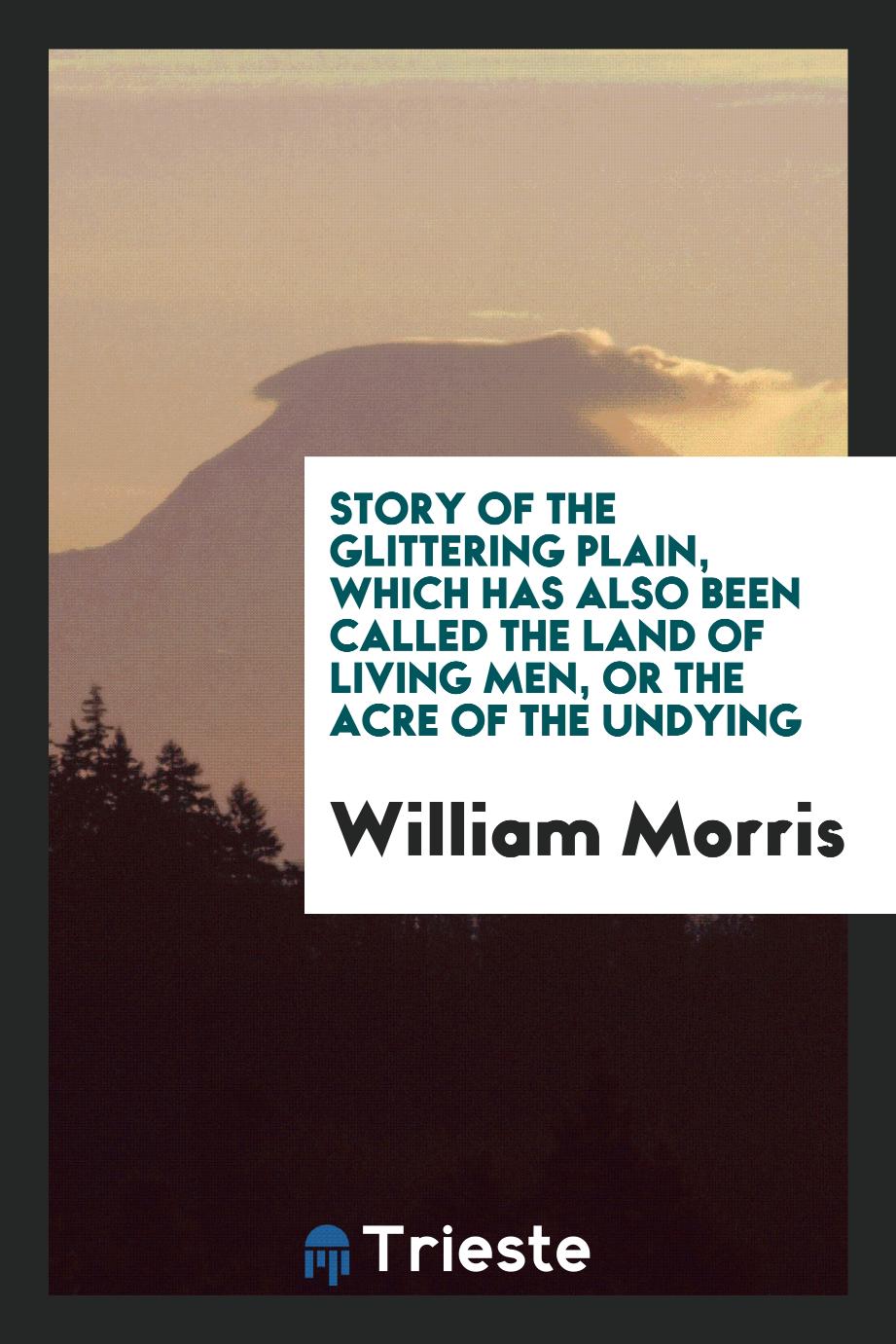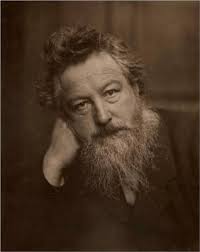
William Morris
William Morris (March 24, 1834 - October 3, 1896) was a British textile designer, poet, novelist, translator, and socialist activist associated with the British Arts and Crafts Movement. He was a major contributor to the revival of traditional British textile arts and production methods. His literary contributions helped establish the modern fantasy genre, while he played a significant role in spreading the early socialist movement in Britain. Morris was born in Walthamstow, Essex, into a wealthy middle-class family. He came under the strong influence of the Middle Ages while studying classics at Oxford University, where he joined the Birmingham Set. After university, he studied as an architect, married Jane Bourdin, and established close friendships with the Pre-Raphaelite artists Edward Burn-Jones and Dante Gabriel Rossetti and with the neo-Gothic architect Philip Webb. Webb and Morris designed the Red House in Kent, where Morris lived from 1859 to 1865 before moving to Bloomsbury, central London. In 1861, Morris founded the arts and crafts firm Morris, Marshall, Faulkner & Co. together with Burne-Jones, Rossetti, Webb, and others, which has become very fashionable and very popular. The firm deeply influenced the interior throughout the Victorian period: Morris designed tapestries, wallpapers, fabrics, furniture, and stained glass. In 1875, he took full control of the company, which was renamed Morris and Co. Morris rented a farmhouse in Kelmscott, Oxfordshire in 1871, while retaining the main house in London. He was greatly influenced by visits to Iceland with Eirikr Magnusson, and he prepared a series of English translations of Icelandic sagas. He also achieved success through the publication of his epic poems and novels, namely “Earth Paradise” (1868-1870), “Dreams of John Ball” (1888), “Utopian News from Nowhere” (1890) and the science fiction novel “The Well in the World” ". End (1896). In 1877, he founded the Society for the Protection of Ancient Buildings to campaign against damage caused by architectural restoration. He adopted Marxism and was influenced by anarchism in the 1880s and became a convinced revolutionary socialist activist. He founded the Socialist League in 1884 after participating in the Social Democratic Federation (SDF), but in 1890 he broke with this organization. In 1891, he founded the Kelmscott Press to publish a limited edition series of backlit printed books, to which he devoted his last years. Morris is recognized as one of the most significant cultural figures of Victorian Britain. He was the most famous in his life as a poet, although he posthumously became better known for his projects. The William Morris Society, founded in 1955, is dedicated to his legacy, while numerous biographies and studies of his work have been published. Many of the buildings associated with his life are open to visitors, most of his work can be found in art galleries and museums, and his designs are still in production.

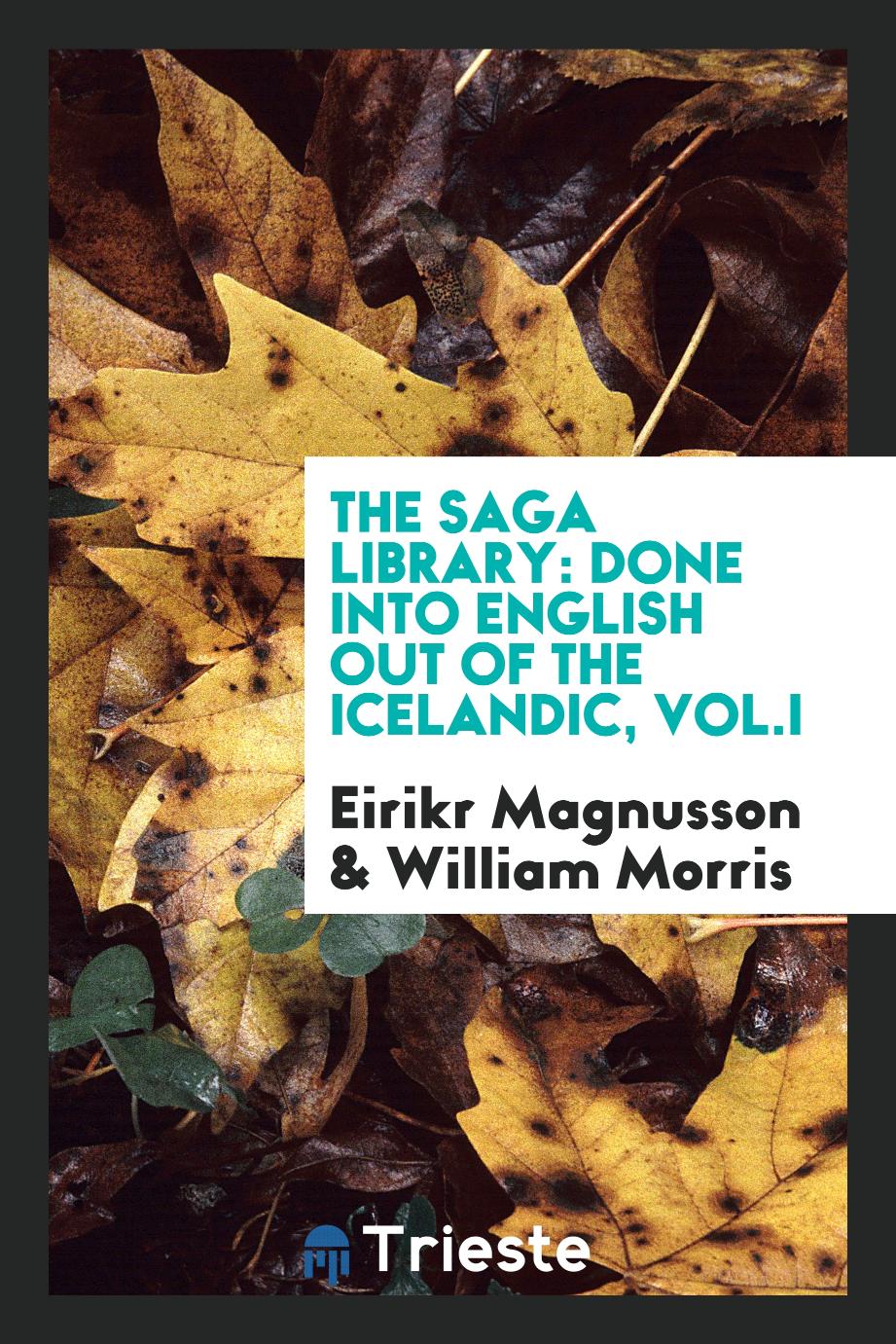

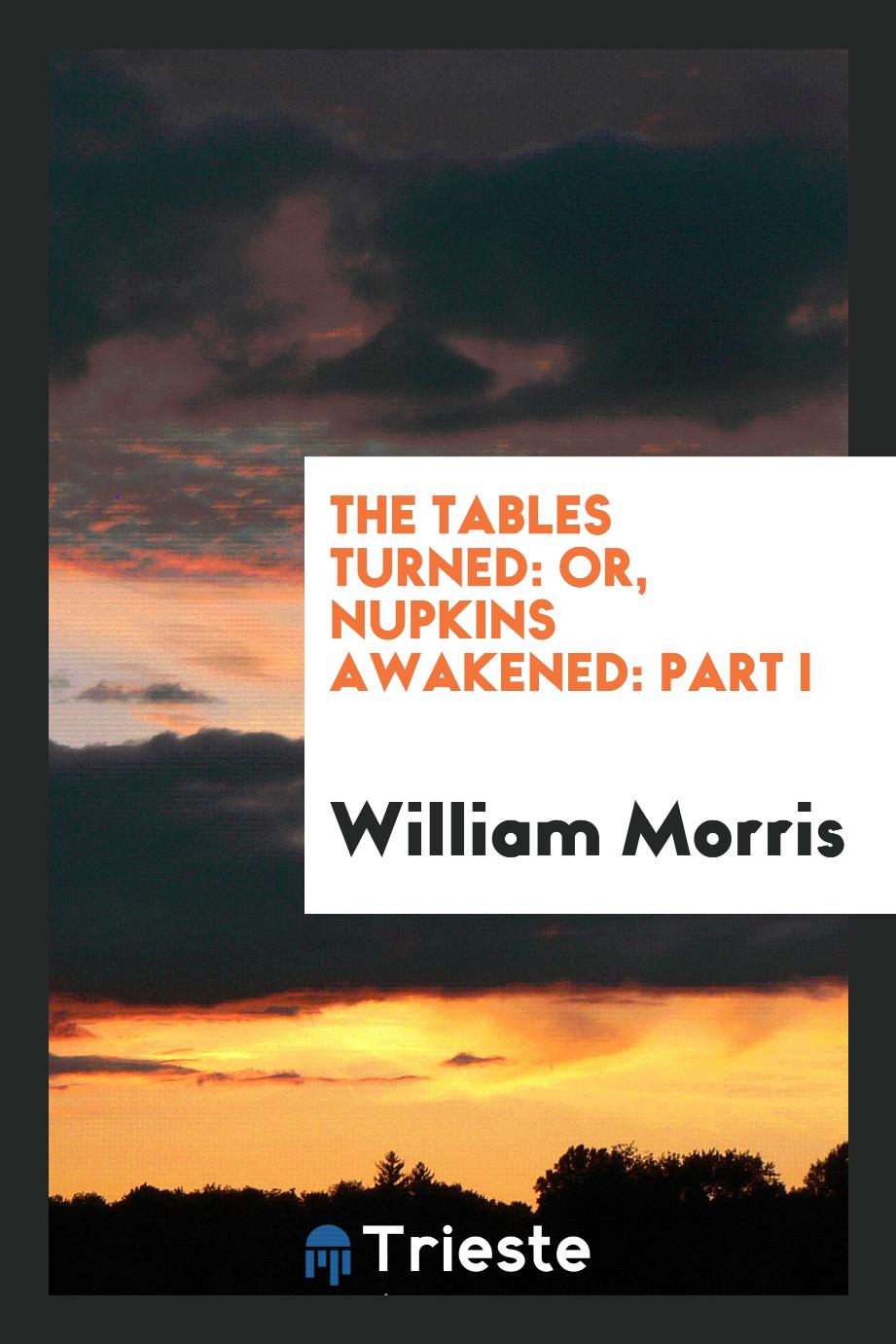

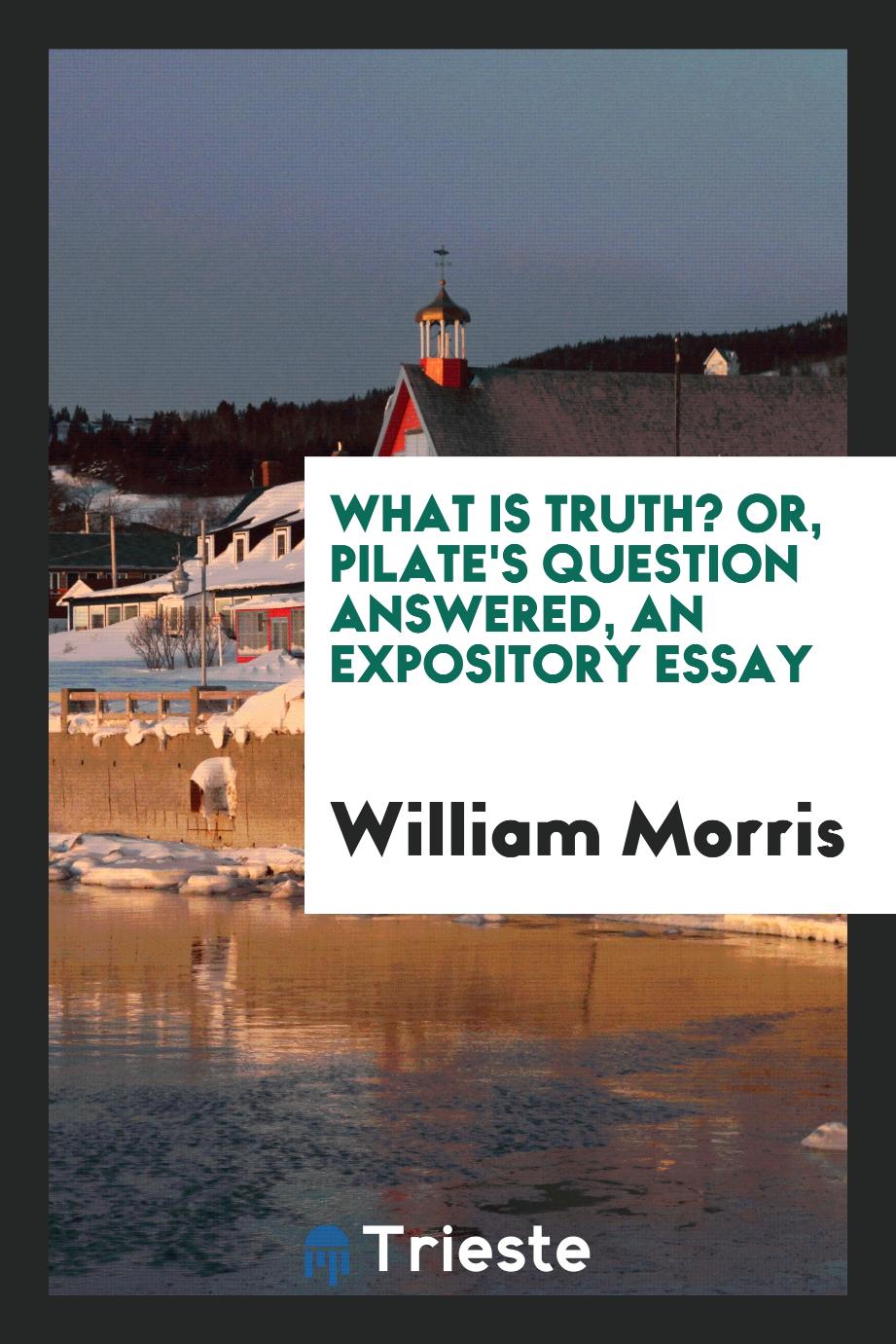


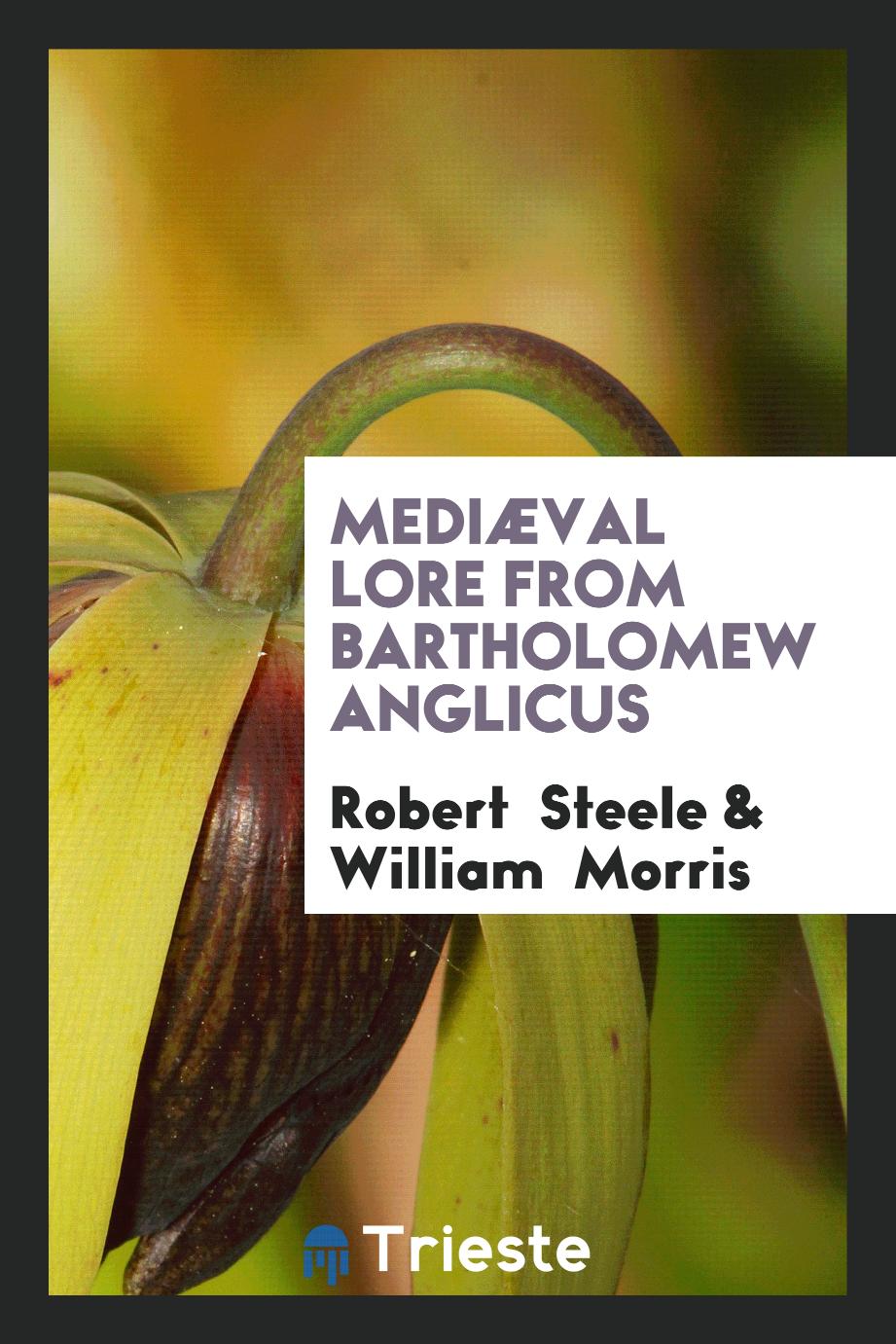
![News From Nowhere: Or an Epoch of Rest, Being Some Chapters From a Utopian Romance. [1905]](/uploads/books/391/9780649657391.png)
